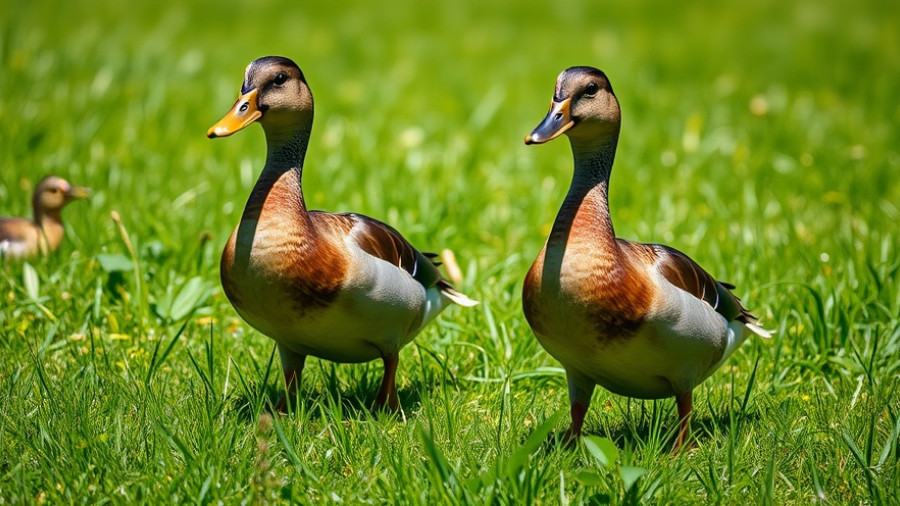
Canadian Court Decision Looms Over Controversial Ostrich Cull
The Canadian Federal Court of Appeals is on the brink of making a pivotal ruling regarding a contentious order to depopulate an entire flock of ostriches from a British Columbia farm due to concerns about highly pathogenic avian influenza (HPAI). The operators of Universal Ostrich Farm, situated near Edgewood, believe that the virus hasn't been present on their premises for many months, and they are challenging this order from the Canadian Food Inspection Agency (CFIA).
Background on HPAI and Its Impact
Aviary influenza, particularly the H5N1 strain, has been a prominent concern within avian populations across Canada, with British Columbia bearing the brunt of recent outbreaks. With 203 commercial flocks affected since 2022, the province has been on high alert. The presence of HPAI not only jeopardizes avian health but also poses significant risks to public health, emphasized by a human case that required intensive medical intervention.
Diverse Perspectives: Farm Operators vs. Regulatory Agencies
Farm operators argue that euthanizing their flock is unnecessary given the absence of HPAI for several months. Instead, they advocate for testing the birds’ immunity before proceeding with drastic measures. Conversely, the CFIA holds that the farm's previous violations, including not reporting initial sickness and death within the flock, necessitate a swift response to curb further virus spread.
The Broader Implications of the Court's Ruling
The upcoming decision by Justice Mary Gleason and the panel of judges is expected to have far-reaching implications not only for Universal Ostrich Farm but also for livestock farms across the country. A ruling in favor of the CFIA could set a precedent for how similar cases are handled in the future, balancing the need for biosecurity with the rights of animal owners.
Call to Action
As the court deliberates, stakeholders from various sectors, including animal welfare advocates and public health experts, are watching closely. This case underscores the critical intersection of health policy and animal agriculture, emphasizing the need for dialogue and informed decision-making in the face of emerging health threats.
 Add Row
Add Row  Add
Add 




Write A Comment